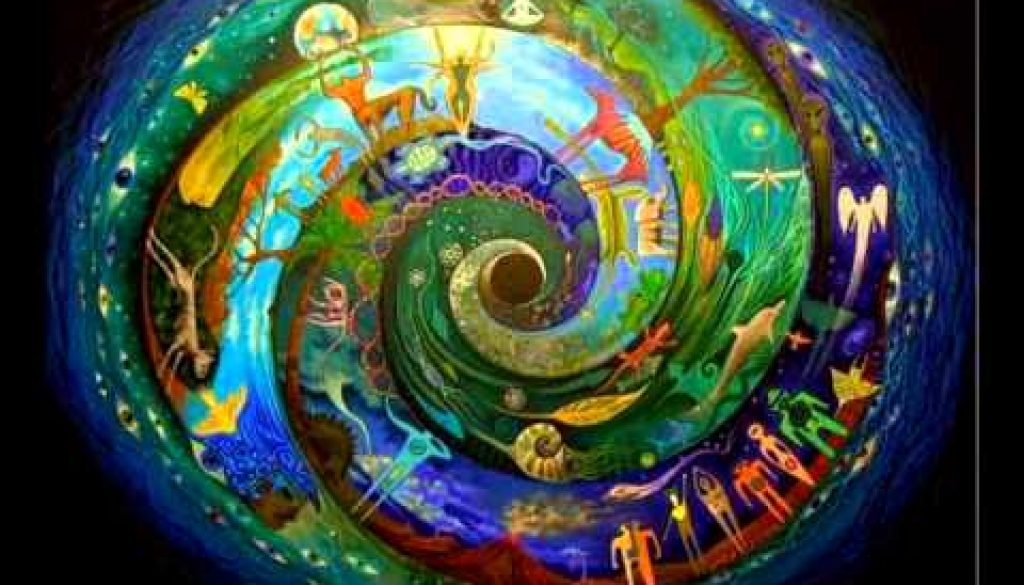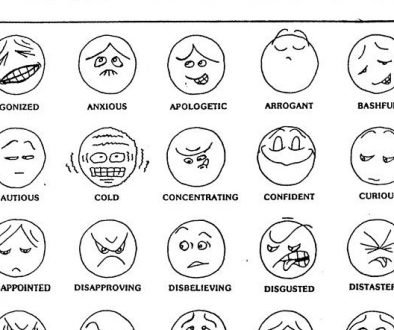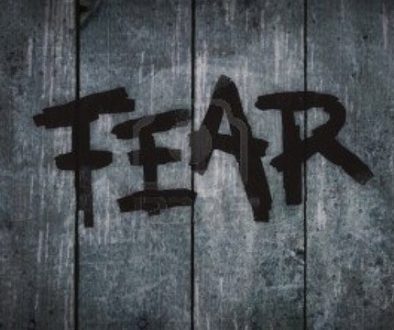Conscious Leadership and Nonviolent Communication by Aubree Moon
*Note: Aubree Henke, a senior at Evergreen State University has recently begun at internship at NVC for the Next Generation. Part of her studies includes periodic reflections on her learning goals and processes. As “field supervisor”, Jim Manske has the opportunity to w ork closely with Aubree. When he received this first reflection paper, he asked for and obtained Aubree‘s permission to publish it here.*
ork closely with Aubree. When he received this first reflection paper, he asked for and obtained Aubree‘s permission to publish it here.*
Where to start! There has been so much opportunity for learning and growth in the first two weeks that I am still playing catchup to assimilate and digest it all. When I’m immersed in a quarter that is chock-full of wisdom, these papers really help me concretize the gems of what I’m learning and provide for good reflection months after I’ve completed the “learning session”. Being a part of an NVC practice group is priceless for my learning and development. To witness others going through the same communication struggles and to see their conflicts broken down with consciousness and empathy is incredibly awakening; it feels as if I am learning kinesthetically. The quality of space that is held for both the celebration and mourning of needs is incredibly impactful. It offers a learning opportunity that isn’t found in studying NVC books. As conflicts are worked out in the practice group and the underlying emotions and needs begin to be named, Jim and Jori both exhibit profound empathy by acknowledging and giving space to the met or unmet quality of the needs. Through observing these experiences, I have begun to cultivate that deepening of presence and empathy within myself. I am so grateful to be a part of this practice group so that I can witness and grow in these subtle qualities of awareness and empathy.
A huge development in my consciousness these past weeks has to do with “dissolving enemy images”. Before being aware of a new language of life, I didn’t realize that casting blame was a choice. It was the way I was taught to relate, it was how I believed the world worked. To acknowledge that everyone is acting out of their own needs, and then have the desire to connect with empathy to see what those needs might be, is still a teaching that is creating roots inside my thinking. There are many tools that I am beginning to utilize to take responsibility for my emotions when I am triggered and casting blame and shame on myself others. It still can be quite a challenge to catch me in this act and change the trajectory of my thoughts. The strategy that is the most helpful right now is to practice radical self-connection and self-compassion. In the past, my thinking framework of blame created a polarity where one person could be right, and the other had to be wrong. Because this belief still lingers in my subconscious, it can be hard for me to create the space and empathy to listen to the other person when I feel triggered. To navigate this roadblock, I internally give myself as much validation and compassion as I can, so that when I begin to listen to the other person I can remember that my viewpoint is also true. NVC is helping me see that each person has a story, and each story is completely valid. I don’t have to decide who is right or who should apologize, instead, I’m learning to acknowledge my emotions, connect with my needs and give myself compassion and time to mourn. When I’m doing this process, I can listen much better and extend empathy for the other person’s unmet needs. Quicker and quicker, I am able to see when I am creating the story of “bad other” and remember to my intention to take responsibility for my emotions and understand the other person’s reality with empathy.
Another thing that I want to celebrate my learning is how my self-talk has changed, specifically around regrettable or unconscious behavior. I have spent much of my life putting others’ feelings before my own, and when I would act in a way that hurt others, the shame spiral would be devastating to my relationship with myself. In the past couple weeks, there have been many times that I have had a very exciting practice of bringing this predicament into my conscious mind. For example, one day I went to my partner while he was working on his computer and began tickling him and talking to him in a silly way. He became agitated and angry. It caused a conflict between us. I retreated into my bedroom, alone.
While I sat on my bed, I could feel my face hot with shame. I realized the shame was coming from my unmet need for conscious behavior and integrity. I hadn’t approached him with clarity about my actions, only a subconscious desire to connect in a playful way. After taking the time to connect to mourning my integrity as well as celebrating my attempt to meet my need for connection and play, I was able to brainstorm ways that I could initiate connection without losing connection to my integrity. As I’m writing this, I’m realizing that I also feel mourning for the innocence and ease of relating in less-conscious ways, a sense of mourning the passing of childhood. This situation is one that comes up for me often, and I’m learning to sense the desire for connection and sit with it before acting in unconscious ways. Although this new process may not have the quality of ease that it might have in childhood, it does bring a sense of excitement that I am seeing deeper into my behaviors and decreasing my reactivity to my unconscious mind.
I am feeling very excited about this learning opportunity because it connects to so many of my passions and needs. I have a deep commitment to love and compassion, and nonviolent communication is a beautiful way to embody that pledge and create positive change in the world. I also have strong needs for growth and presence, and NVC provides an unfathomable opportunity for those qualities to be employed. Changing the structure of the only language you have ever known is no small task, and there are many lessons that leave me speechless at their subtle profundity. To be able to reshape your language structure takes a great amount of consciousness and it’s those moments where I find myself so present in my experience. NVC is a tool for communication that only benefits; to structure your life with NVC sets up opportunity after opportunity to have a more wonderful life– and that meets my need for hope.



